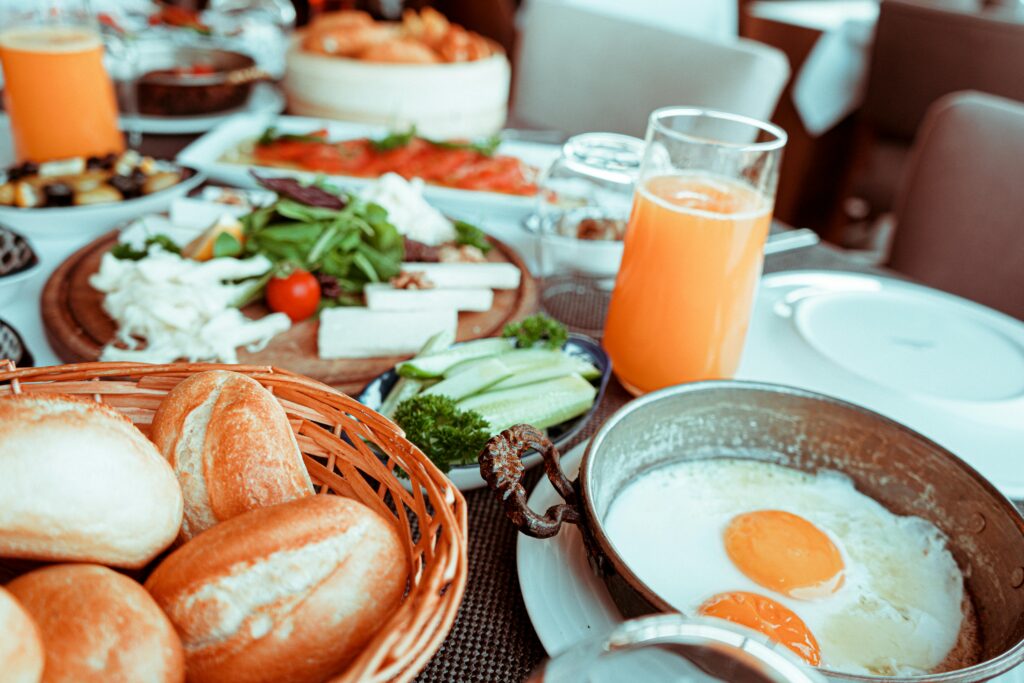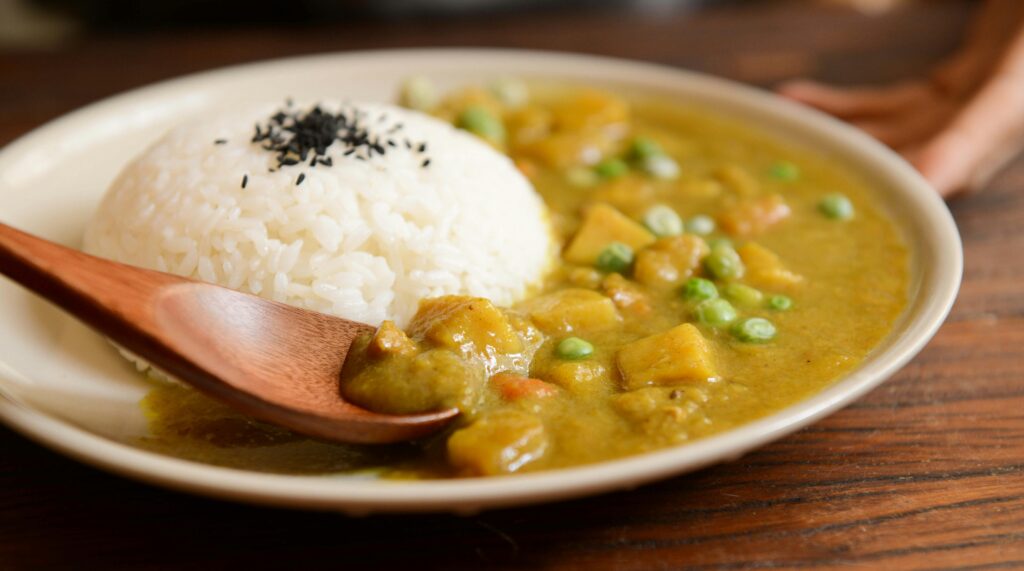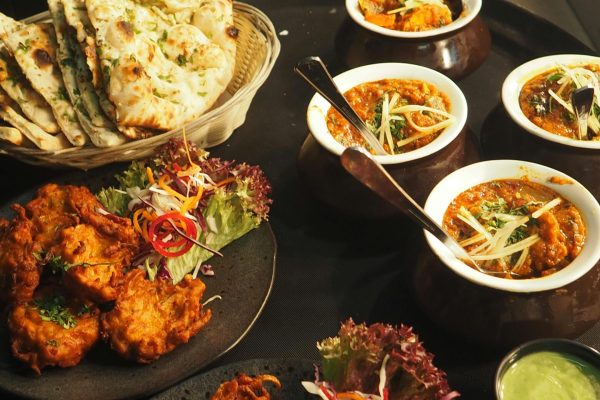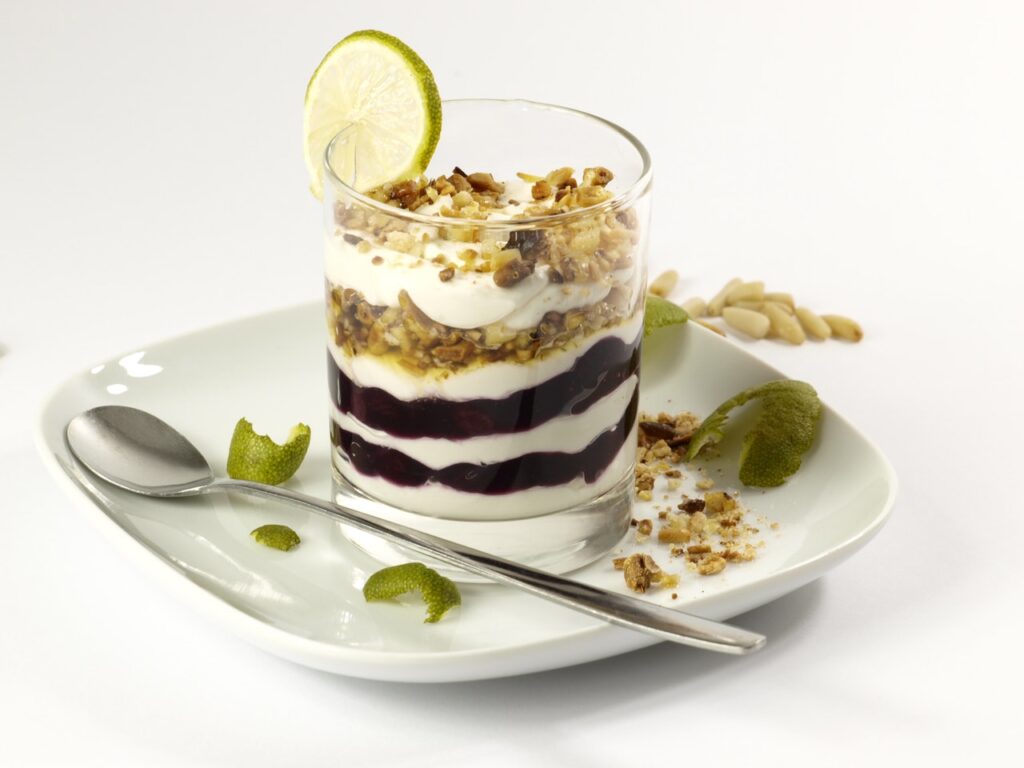





Flavors on my Palette
- Chinese
- Indian and Tandoor
- Continental
- Chinese food is a vibrant symphony of flavors and textures, combining rich traditions with bold, diverse ingredients.
- Indian and Tandoor food offers a tantalizing mix of aromatic spices and smoky charred flavors, celebrating rich culinary heritage with every bite.
- Continental food features a refined blend of fresh ingredients and classic techniques, offering a sophisticated and diverse culinary experience.
Stay in the Loop
To get exciting dishes and tips and tricks please do subscribe my website.
- YouTube
- Email Me





